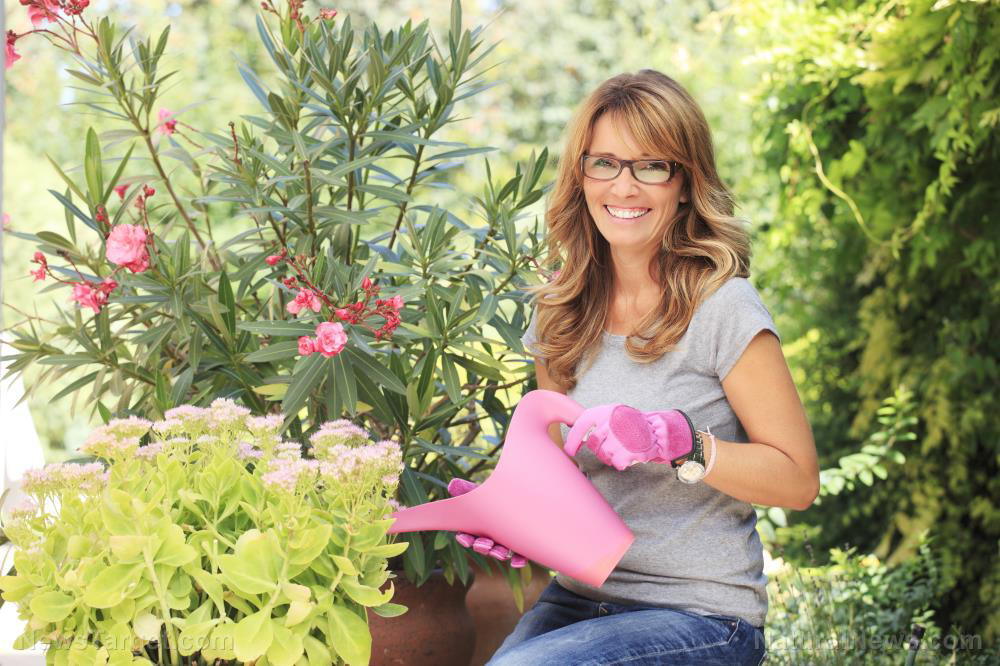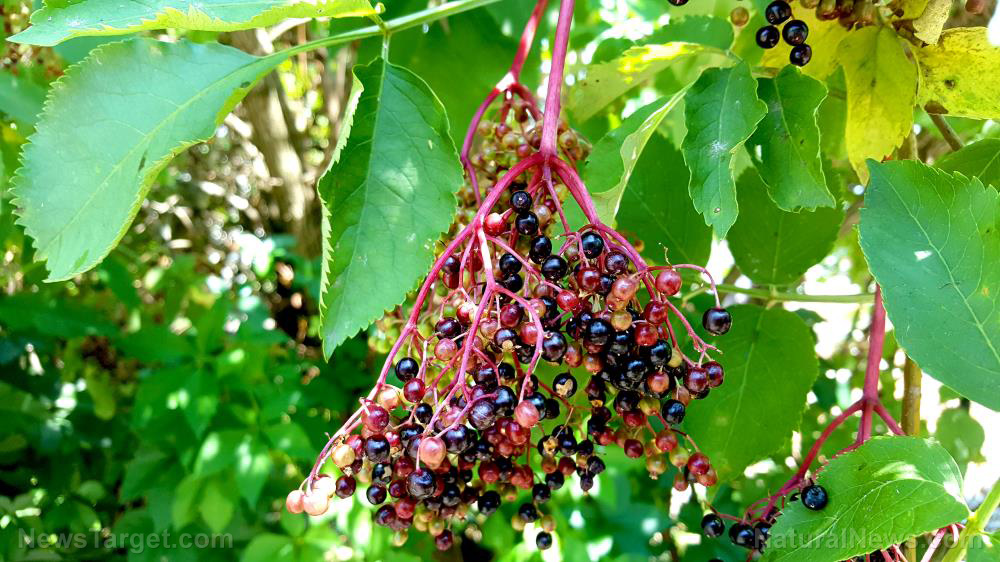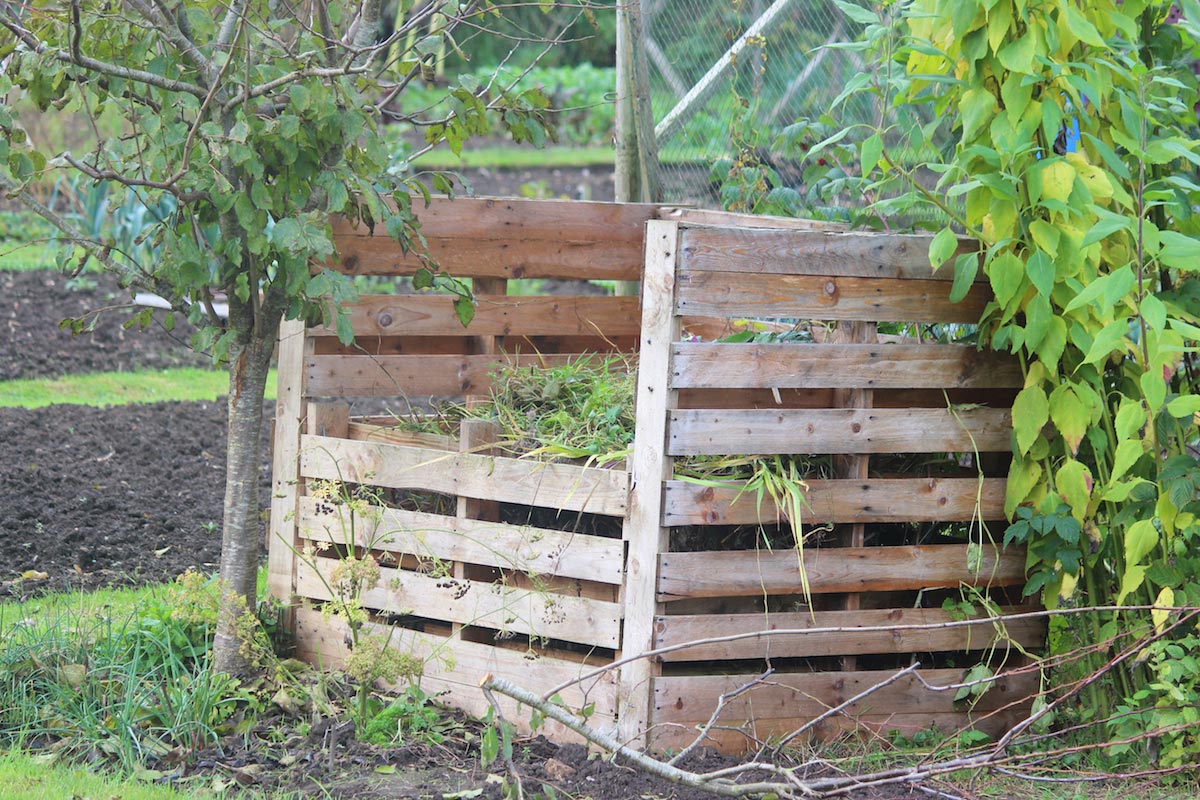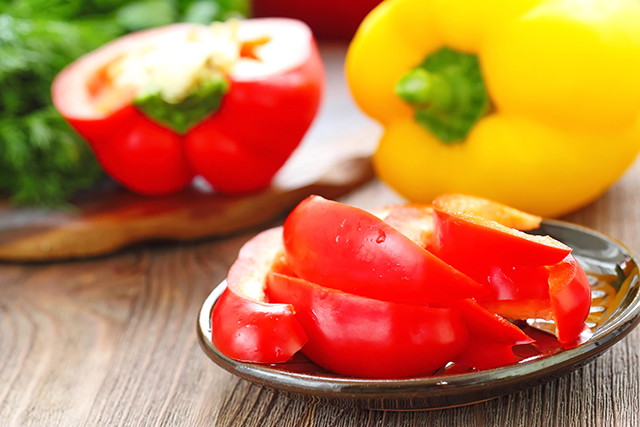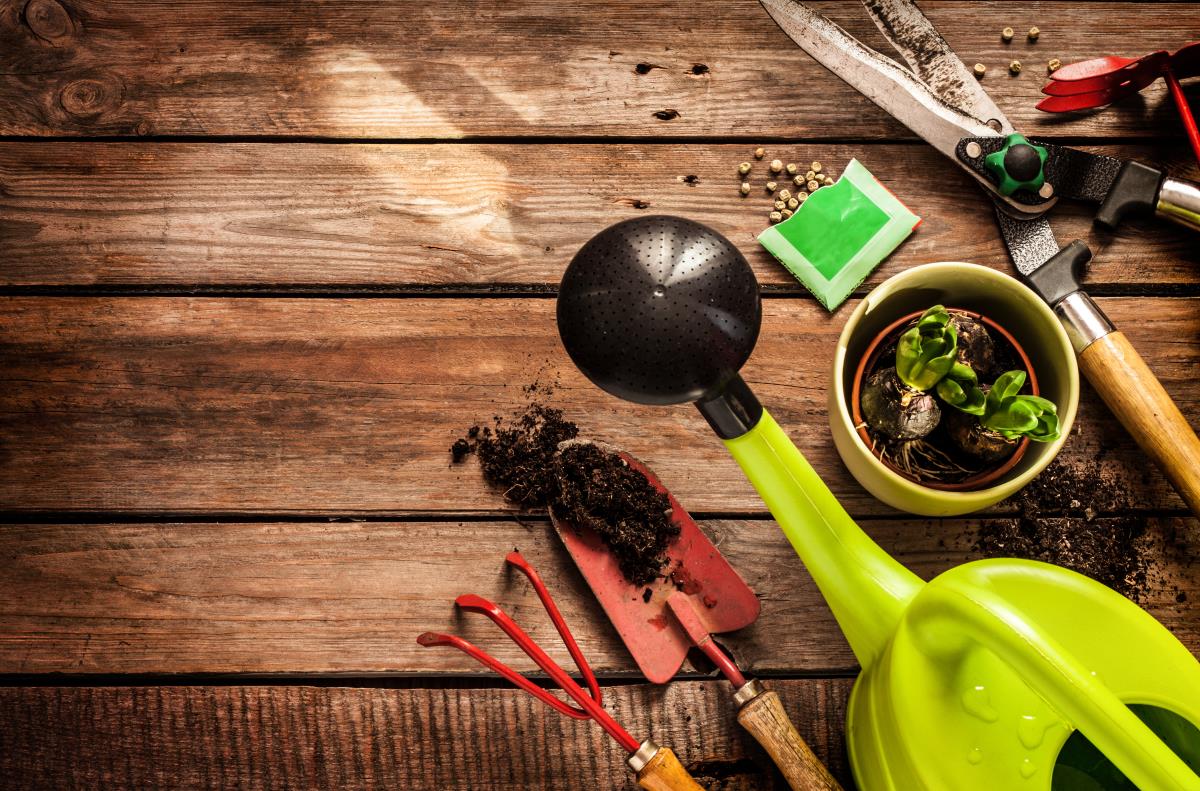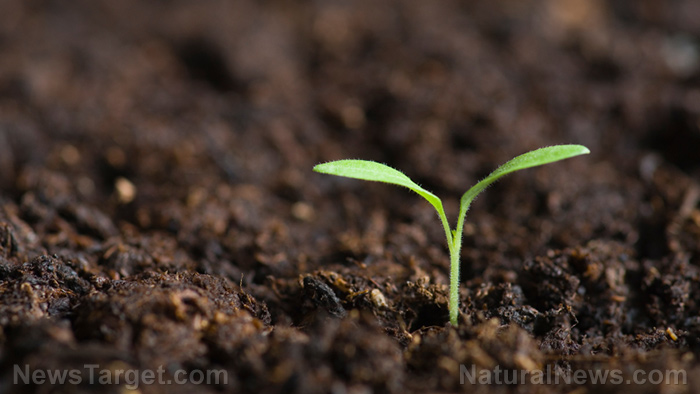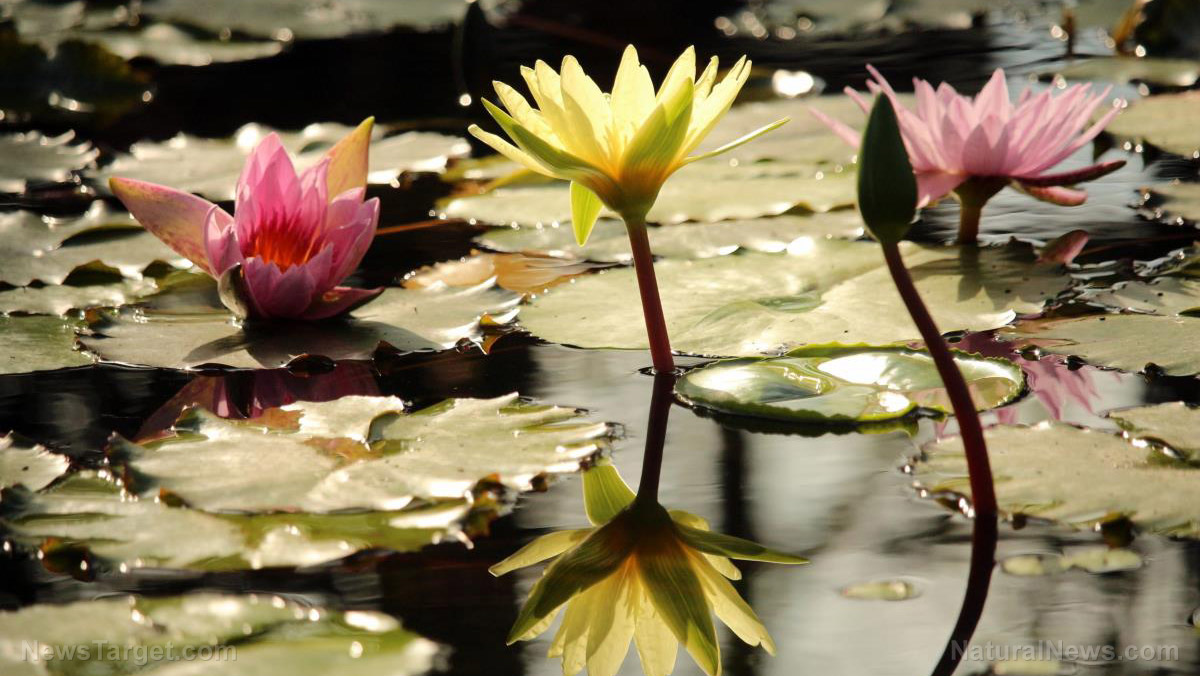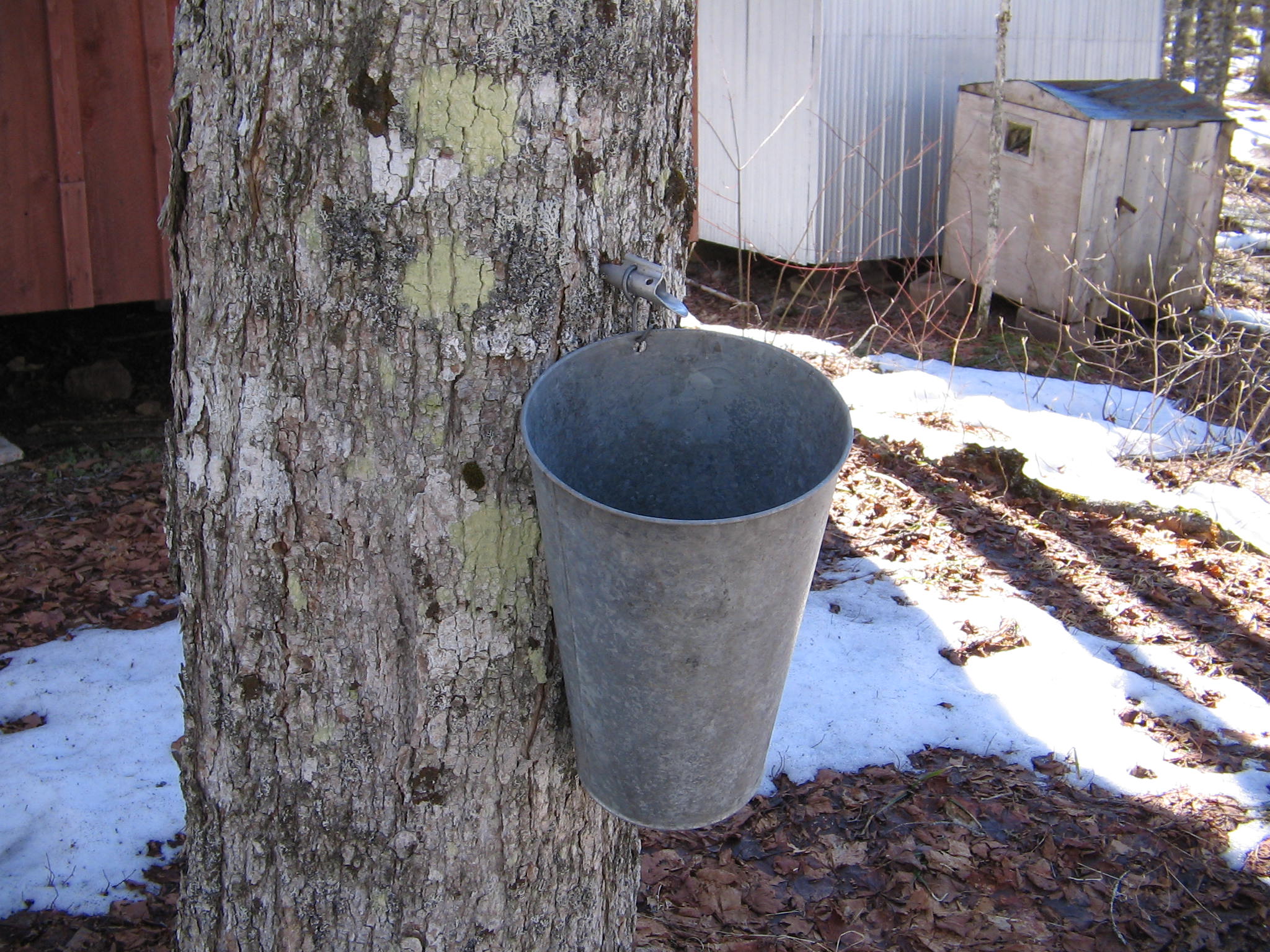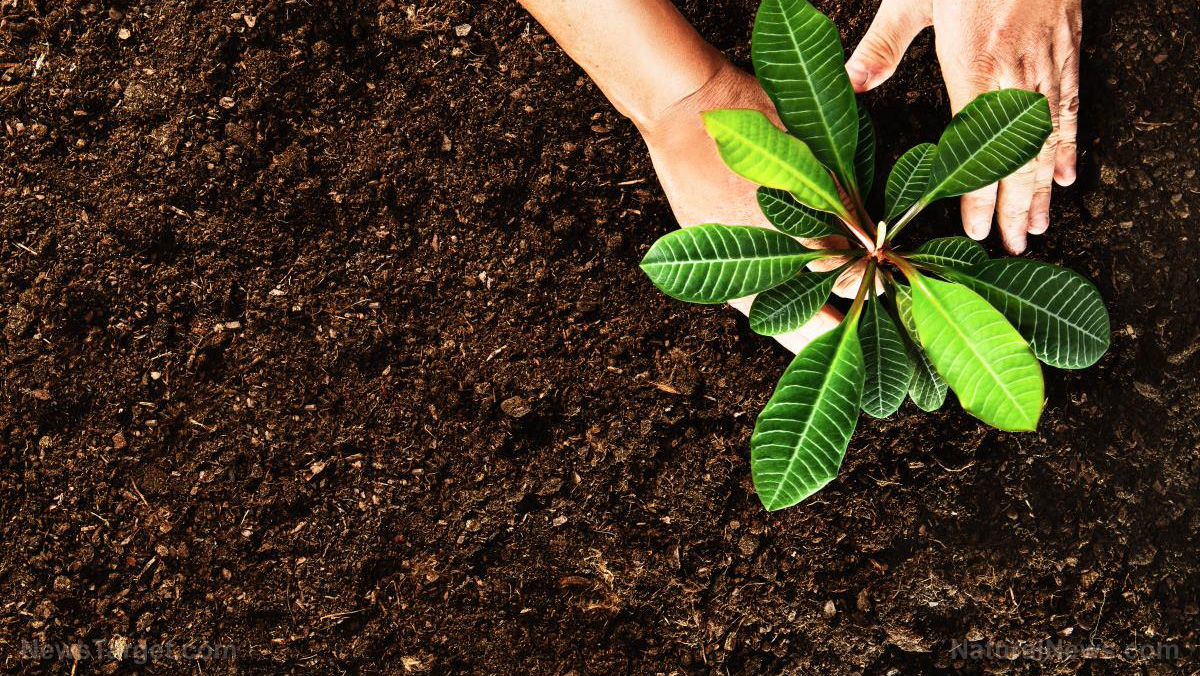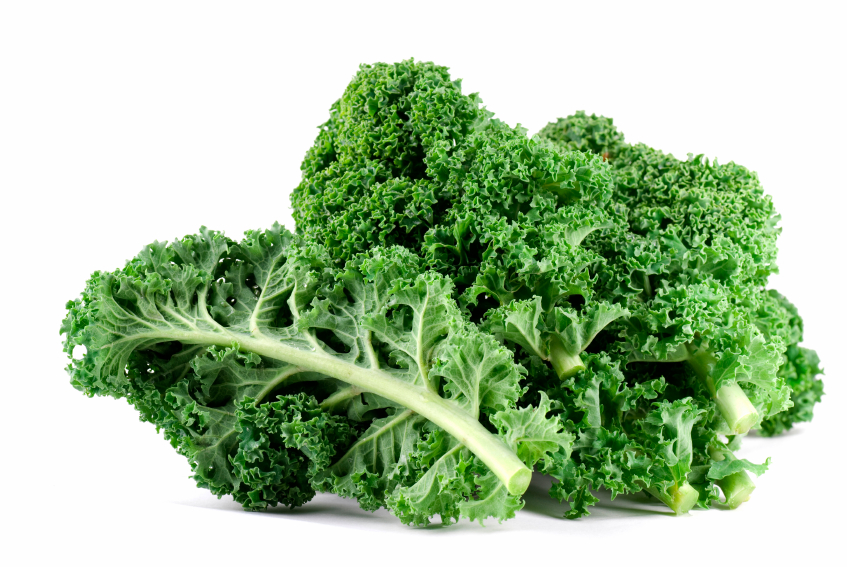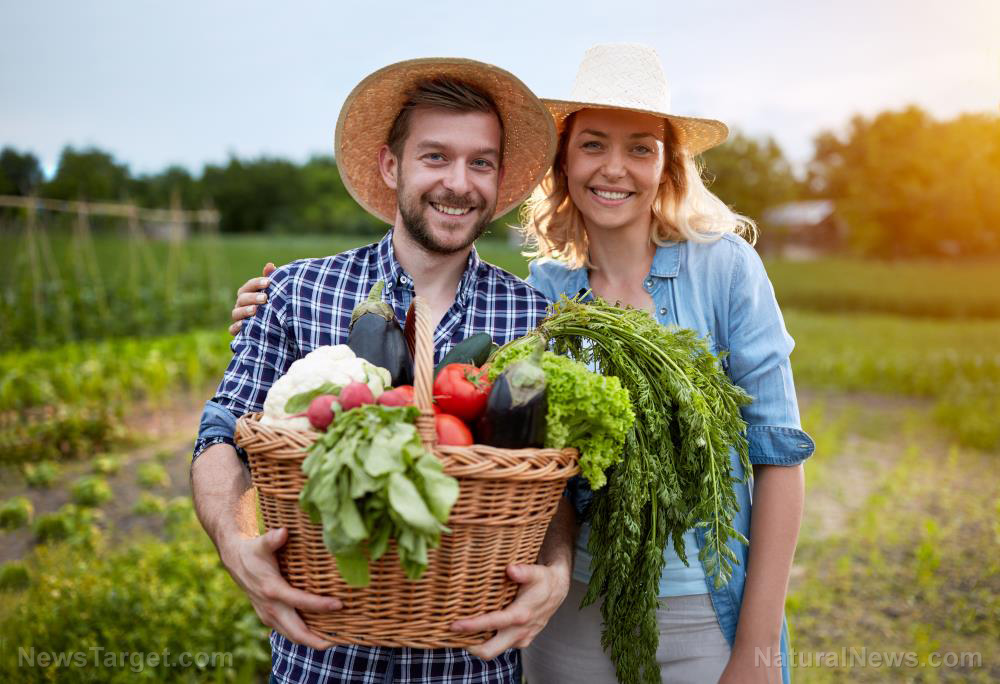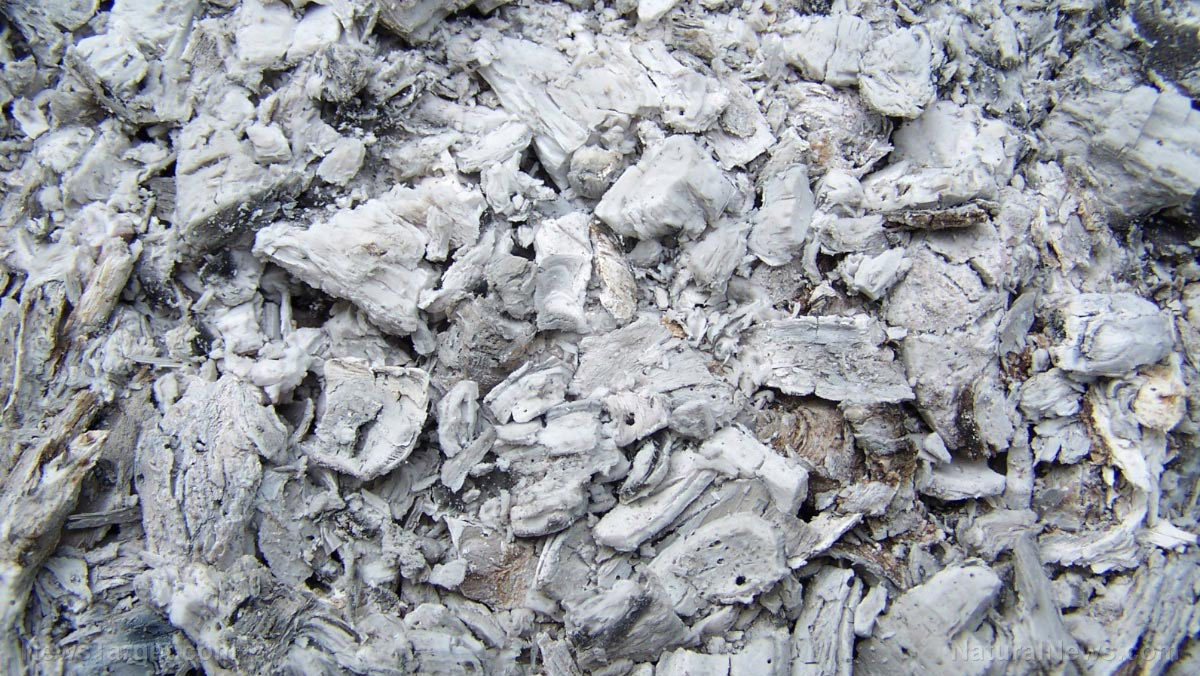Grow, harvest, and preserve your own onions – here’s how
03/11/2019 / By Zoey Sky
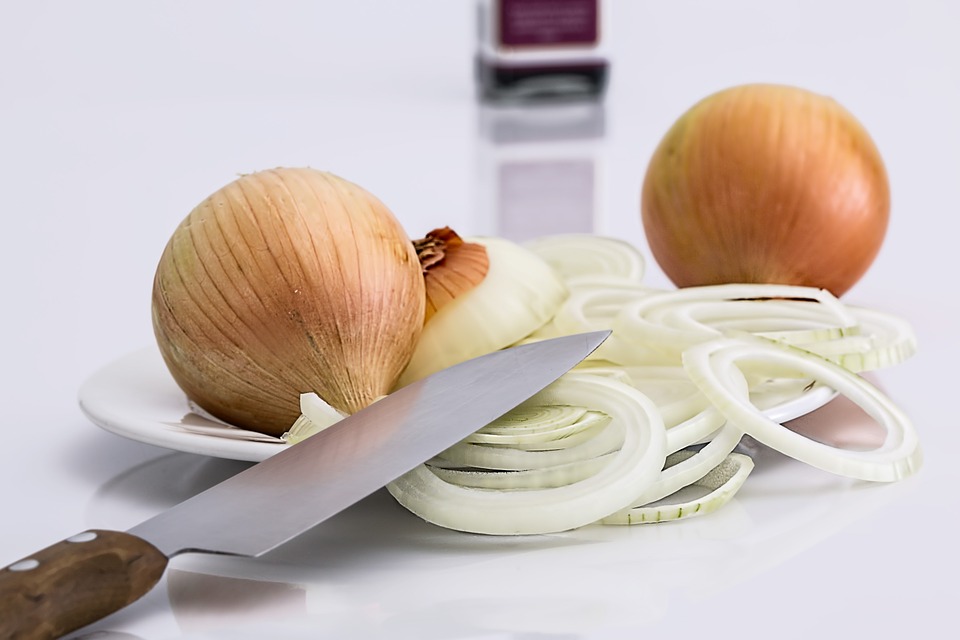
A prepper pantry isn’t complete without superfoods like onions (Allium cepa). But how do you grow these tear-inducing yet delicious vegetables? (h/t to SelfReliantSchool.com.)
Tips for growing onions
Before you start planting onion seeds or transplants, find out which onion variety will thrive in your location. There are three onion varieties: short, intermediate, or long day.
Every onion leaf produces a ring, and the size of the former determines the size of the latter. Once the onion bulb begins to grow, the leaves stop producing. The bulb will start to grow once the hours of sunlight in the day reach the hours of sunlight required for the variety you’re planting in your garden.
Short day onions, which are ideal for Southern gardeners, will start bulbing when the day is 10- to 12-hours long. Intermediate onions start bulbing at 12 to 14 hours, while long day varieties (which are suitable for Northern gardeners) start bulbing at 14 to 16 hours.
In the South, there is much less variation in day length between seasons compared to the North. If you plant long-day onions in the South, they may not experience enough day length to trigger the bulbing process.
Always plant your onions before the day length is reached to give it enough time to grow enough leaves before it starts bulbing. The farther north you are from the equator, the longer your day.
If you want to grow short or intermediate onion varieties, start from seeds or transplants, instead of bulb sets. Sets require very long days and while they can produce nice green onions, you will rarely get large bulbs. Start seeds indoors in the winter and transplant for the largest bulbs, or you can plant seeds at least six weeks before the last frost date.
Onions thrive in full sun and well-drained soil. Water the ground around the onions instead of directly on the leaves to avoid disease. Onions prefer consistent moisture, but you shouldn’t saturate the soil with water regularly.
After the onions start bulbing, water the plants more. Keep your onions mulched to help them retain moisture.
Tips for harvesting and preserving onions
You can harvest your onion when their leaves start to turn brown and fall over. Take the bulbs from the ground, then lay them out in a dry area so they can begin to cure.
Once the neck of the onion is completely dry, cut the leaves and trim the roots. When onions start to cure, they will form a papery outer layer.
Store the onions after they’re cured. Onions will store well at 40 to 50 degrees Fahrenheit.
You can preserve and store onions by:
- Braiding them by the leaves.
- Removing the leaves and storing them in a mesh bag or nylon stocking.
- Wrapping them in a newspaper to extend the storage, which is recommended if you don’t have a root cellar.
The medicinal benefits of onions
Onions don’t just contain vitamins and nutrients, they also have anti-allergenic, antimicrobial, and decongestant properties. (Related: Grow your own onions for a sustainable supply of natural medicine.)
- Onions bulbs can prevent blood from clotting. Additionally, onions can help can lower blood pressure.
- Onions can be used as a poultice on the chest that helps relieve congestion. An onion poultice can also be used for abscesses and boils.
- Onions have a heating effect that can improve circulation and sweating, so try some onion remedies during cold and flu season.
- Relieve a cough or sore throat by steeping crushed, raw onions in honey. Take the syrup daily until you feel better.
- Use onion skins to make a tea that can boost poor circulation. Onion tea is recommended for people with gout.
Lastly, onions can also be used as an organic pesticide and fungicide. Puree onions with water, then spray it on your plants.
Onions are a nutritious and medicinal addition to your survival pantry. Don’t wait until SHTF before you start planting onions in your garden.
Sources include:
Tagged Under: food cures, food is medicine, food supply, home gardening, homesteading, natural medicine, off grid, onions, organics, preparedness, prepper, prepping, self sufficiency, survival food, sustainable living

